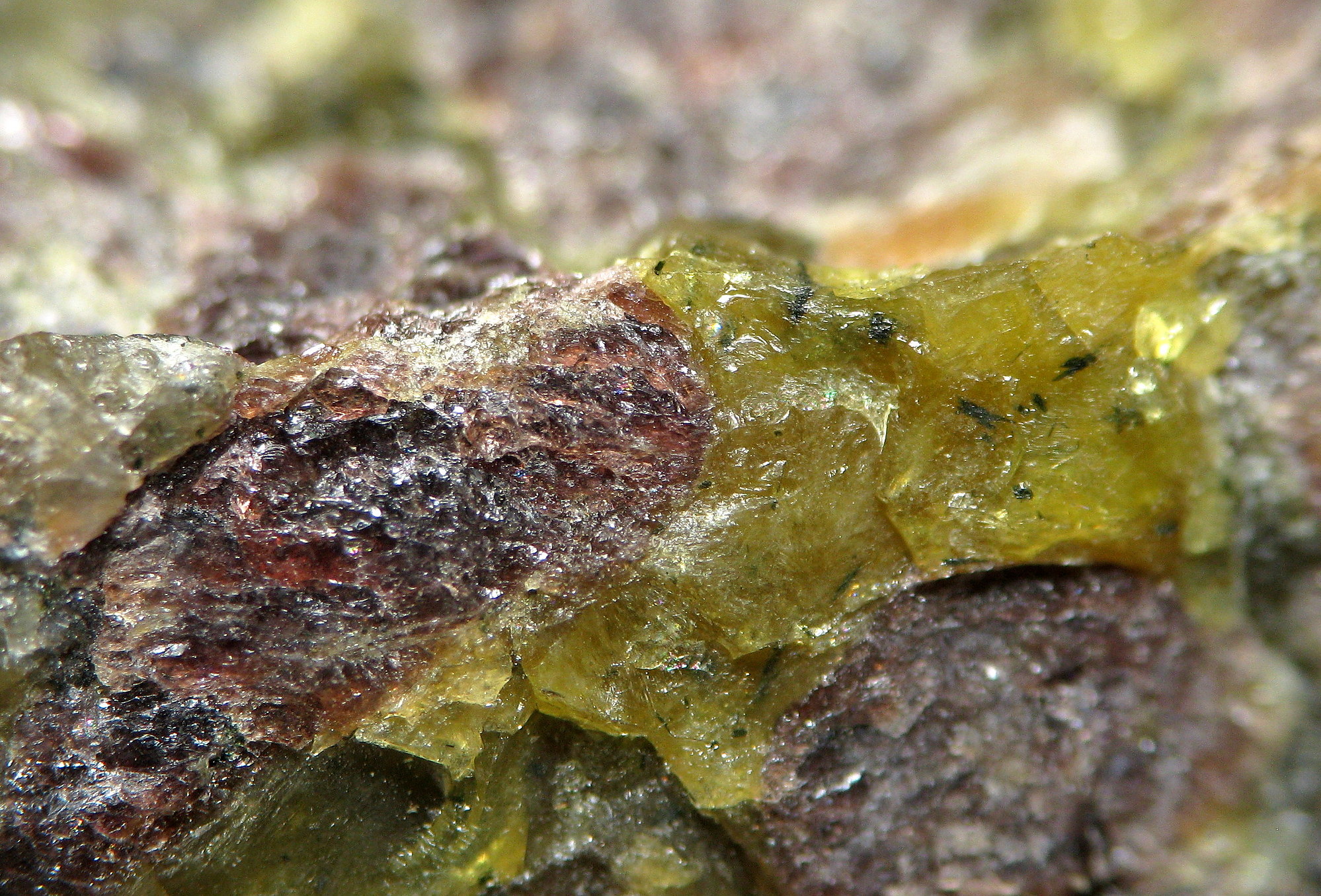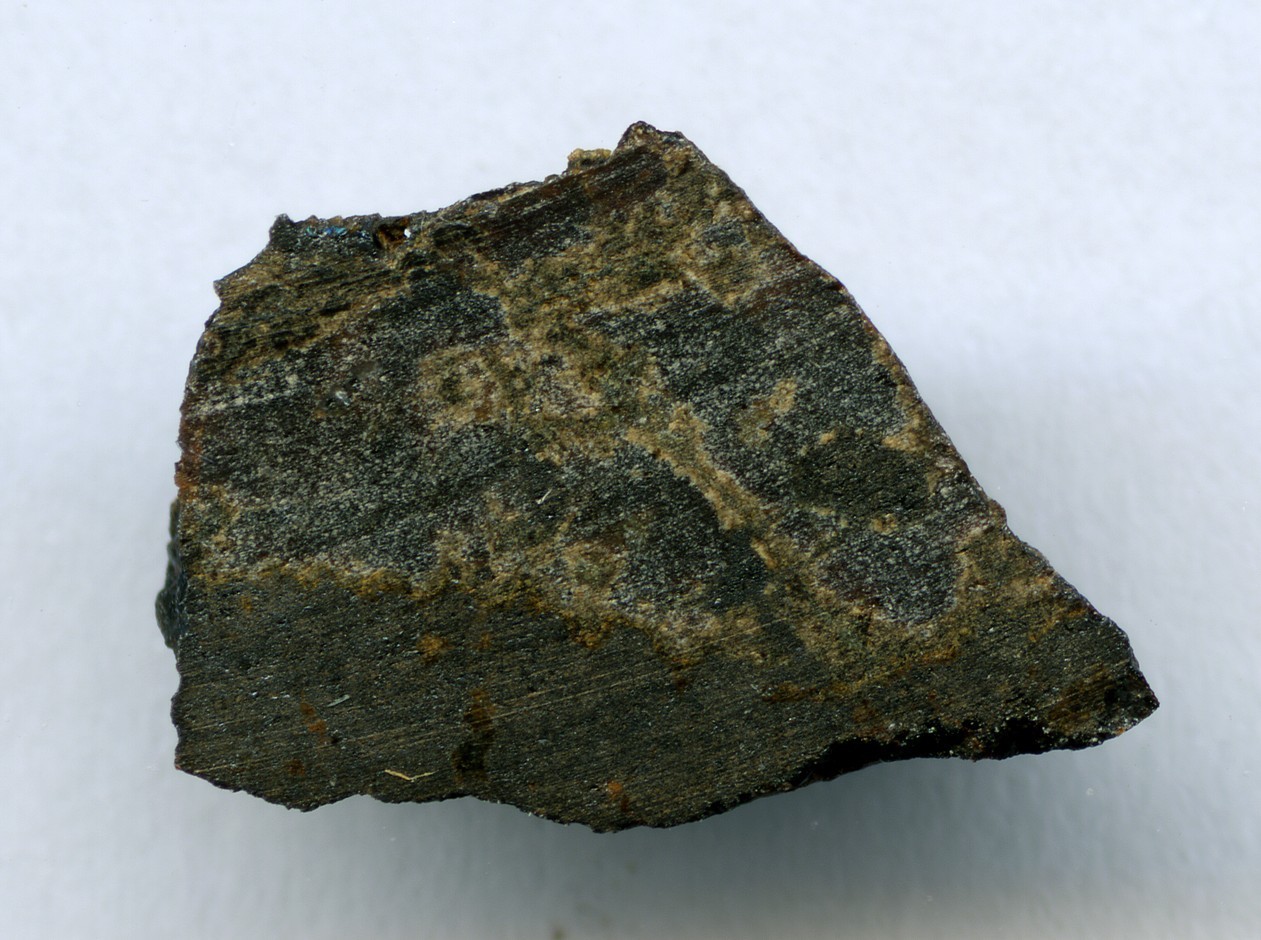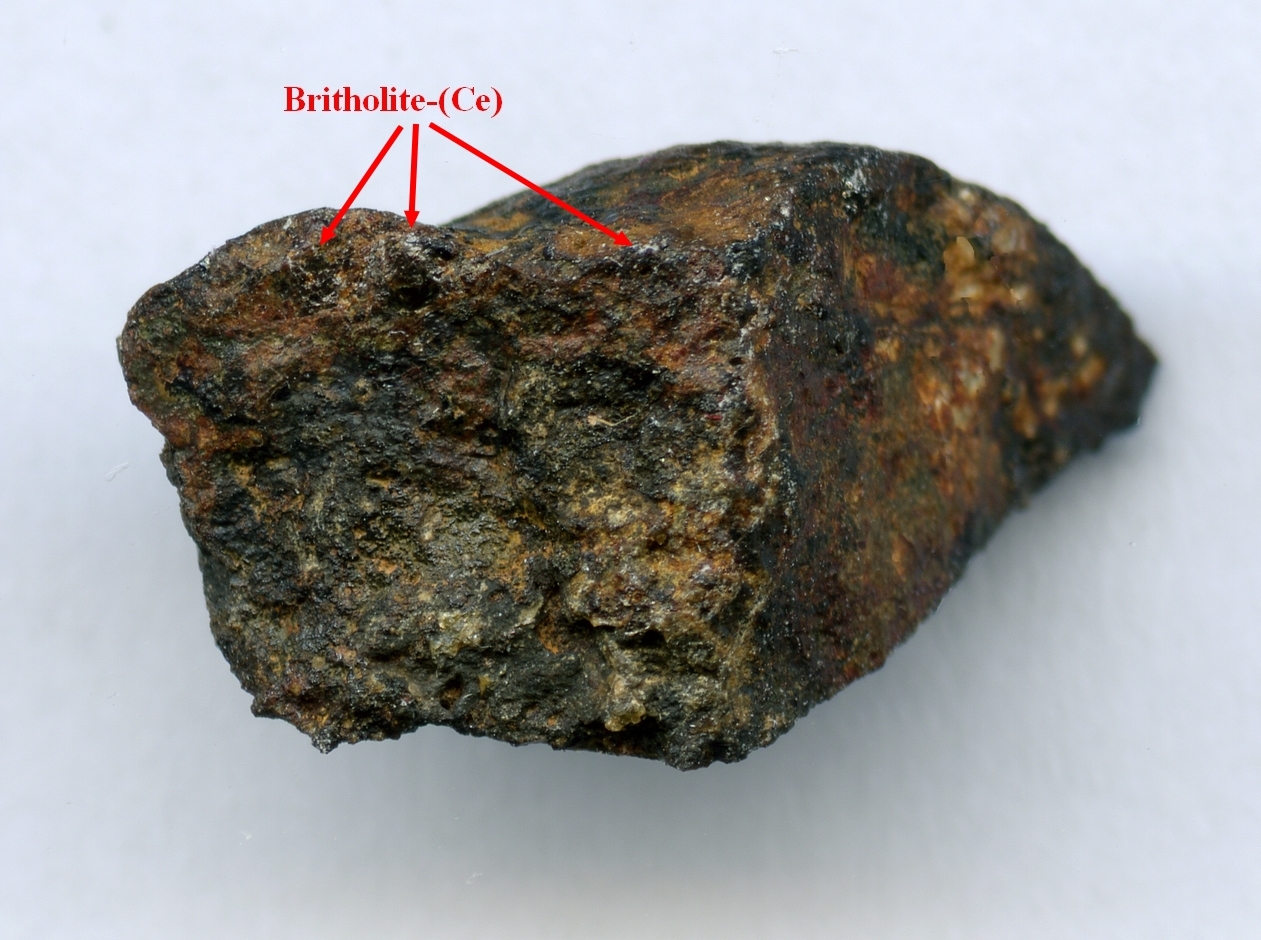Home PageAbout MindatThe Mindat ManualHistory of MindatCopyright StatusWho We AreContact UsAdvertise on Mindat
Donate to MindatCorporate SponsorshipSponsor a PageSponsored PagesMindat AdvertisersAdvertise on Mindat
Learning CenterWhat is a mineral?The most common minerals on earthInformation for EducatorsMindat ArticlesThe ElementsThe Rock H. Currier Digital LibraryGeologic Time
Minerals by PropertiesMinerals by ChemistryAdvanced Locality SearchRandom MineralRandom LocalitySearch by minIDLocalities Near MeSearch ArticlesSearch GlossaryMore Search Options
The Mindat ManualAdd a New PhotoRate PhotosLocality Edit ReportCoordinate Completion ReportAdd Glossary Item
Mining CompaniesStatisticsUsersMineral MuseumsClubs & OrganizationsMineral Shows & EventsThe Mindat DirectoryDevice SettingsThe Mineral Quiz
Photo SearchPhoto GalleriesSearch by ColorNew Photos TodayNew Photos YesterdayMembers' Photo GalleriesPast Photo of the Day GalleryPhotography
╳Discussions
💬 Home🔎 Search📅 LatestGroups
EducationOpen discussion area.Fakes & FraudsOpen discussion area.Field CollectingOpen discussion area.FossilsOpen discussion area.Gems and GemologyOpen discussion area.GeneralOpen discussion area.How to ContributeOpen discussion area.Identity HelpOpen discussion area.Improving Mindat.orgOpen discussion area.LocalitiesOpen discussion area.Lost and Stolen SpecimensOpen discussion area.MarketplaceOpen discussion area.MeteoritesOpen discussion area.Mindat ProductsOpen discussion area.Mineral ExchangesOpen discussion area.Mineral PhotographyOpen discussion area.Mineral ShowsOpen discussion area.Mineralogical ClassificationOpen discussion area.Mineralogy CourseOpen discussion area.MineralsOpen discussion area.Minerals and MuseumsOpen discussion area.PhotosOpen discussion area.Techniques for CollectorsOpen discussion area.The Rock H. Currier Digital LibraryOpen discussion area.UV MineralsOpen discussion area.Recent Images in Discussions
GeneralBritholite - Kyshtym, Urals Region, Russia

27th Sep 2017 04:33 UTCChristopher O'Neill
I can't identify associated minerals in this particular specimen and there are not many specimens from this region posted in MINDAT that I can visually reference. I suspect the britholite (Ce) is the reddish crystalline but I am puzzled by the resinous-like yellow mineral. This specimen also has associated minerals that are fluorescent on short and long-wave UV.
Is there anyone familiar with this region and it's minerals?
I can attach more pictures to responded thread.
Regards,
Chris
27th Sep 2017 12:58 UTCPavel Kartashov Manager
Fluorescention of these samples will give nothing to their identification.
The last photo shows rock quite different from typical REE-silicate nodules of Mochalin Log.
I am think, here is some misunderstanding with locality or both with locality and mineral identification. What is size of the sample?
The largest REE pebble from Kyshtym which I held in my hands was 4x2.5x1.5 cm.
In any case the rock is too light-colored in comparison with typical Kyshtym pebbles, which are dark-brown, black, brownish-black etc. Look for example https://www.mindat.org/photo-63545.html - lustrous brown phase at the left end of the sample is britholite (lessingite). And of course 99% of Mochalin Log material is represented by pebbles in different grade waterworn.
27th Sep 2017 17:20 UTCPavel Kartashov Manager
Its central part is composed by yellowish Bastnasite-(La) and brownish glassy Britholite-(Ce) (var. Lessingite) intergrowth surrounded by brownish-black rim of Allanite-(La).
Here are arrowed some grains of Britholite-(Ce) on break side of the ovoid.
All this not too much is similar to your sample.
27th Sep 2017 17:29 UTCPavel Kartashov Manager
Here are too many of quartz and feldspar in your sample for Kyshtym material.

27th Sep 2017 18:05 UTCChristopher O'Neill
Thanks for your reply.
The specimen is 7.5 x 5.5 cm and is only slight radioactive.
The yellow is resinous (gummite-like) and not quartz, however very low radioactivity compared to Ruggles Mine type gummite specimens
There is also minor orange fluorescent mineral in long-wave UV.
The label also states NEAR Kyshtym, which may be open to many possibilities for location.
Here are some additional pictures
27th Sep 2017 18:21 UTCPavel Kartashov Manager
If your sample indeed is from Southern Ural it able to be only hydropyrochlore (yellow lustrous phase) from nephelin-syenite pegmatites of Vishevye Mts. But it usually associated with zircon of different appearance with strong orange-yellow fluorescention.
Do you see in your sample obvious nepheline (var/ eleolite)? Or obvious quartz?
As I said from the beginning, this is wrong both mineral name and wrong locality at the label.

28th Sep 2017 03:50 UTCChristopher O'Neill
We may not ever know the locality but I will eventually send the red and orange minerals for EDS analysis.
Regards,
Chris
28th Sep 2017 16:36 UTCPavel Kartashov Manager

28th Sep 2017 18:12 UTCChristopher O'Neill
Thanks for your time and effort (and thank Sanarka as well).
Regards,
Chris




Mindat.org is an outreach project of the Hudson Institute of Mineralogy, a 501(c)(3) not-for-profit organization.
Copyright © mindat.org and the Hudson Institute of Mineralogy 1993-2024, except where stated. Most political location boundaries are © OpenStreetMap contributors. Mindat.org relies on the contributions of thousands of members and supporters. Founded in 2000 by Jolyon Ralph.
Privacy Policy - Terms & Conditions - Contact Us / DMCA issues - Report a bug/vulnerability Current server date and time: April 20, 2024 01:55:53
Copyright © mindat.org and the Hudson Institute of Mineralogy 1993-2024, except where stated. Most political location boundaries are © OpenStreetMap contributors. Mindat.org relies on the contributions of thousands of members and supporters. Founded in 2000 by Jolyon Ralph.
Privacy Policy - Terms & Conditions - Contact Us / DMCA issues - Report a bug/vulnerability Current server date and time: April 20, 2024 01:55:53




















